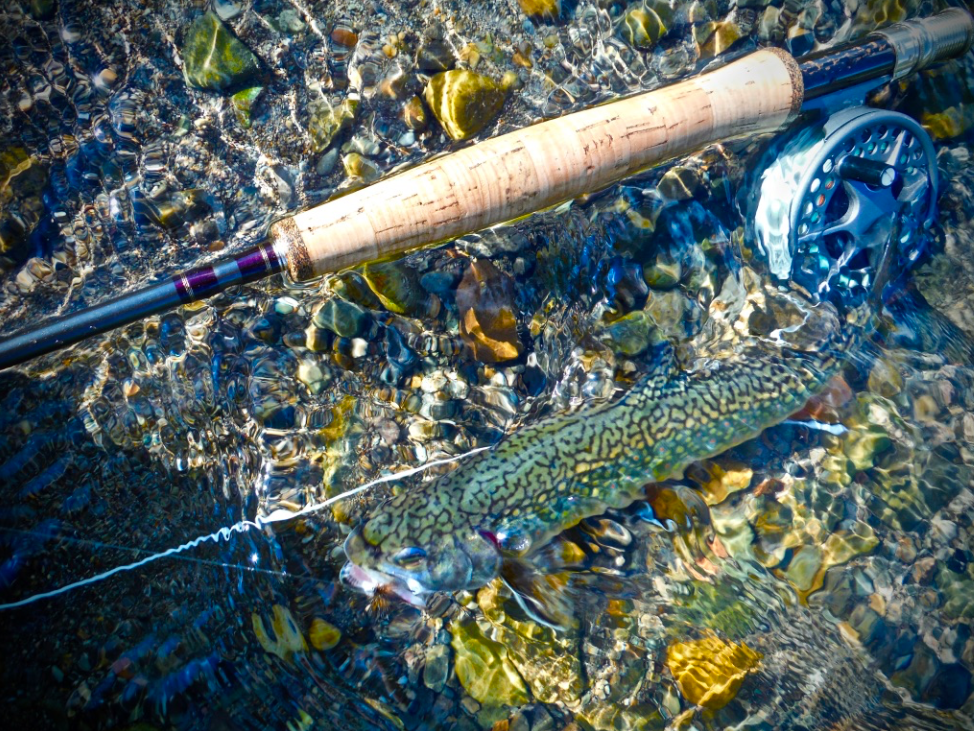New water is always exciting, and, while I’ve fished Idaho’s Salmon River a lot for steelhead over the years, I’d never poked into the river’s extreme upper reaches at the base of Galena Summit, where the Sawtooths spread out to the northwest. My thought—and, frankly, my hope—was to get into some native west slope cutthroats and possibly luck into a bull trout in the headwaters of Idaho’s wildest river.
This river is the terminus of the state’s runs of chinook salmon and steelhead that migrate nearly 900 miles to the Pacific and back. It’s the “river of no return.” Many of its various forks and tributaries are largely untouched by the hand of man, and native trout and char do, indeed, still swim its waters. You’ll hear many anglers speak reverently about the fabled Middle Fork of the Salmon and willing cutthroats on every cast.
But not here. Not where the river starts. Here, non-native brook trout have apparently taken over.
To say I was disappointed when the first fish to hit my dry fly was a healthy 10-inch brook trout is an understatement. I knew that if I caught one brookie, I’d probably catch nothing but brookies. These introduced char from Appalachia, while beautiful (and tasty!), take over small, headwater streams like this one from native cutthroats. What’s more, in places where bull trout are also native, they can mingle with their salvelinus cousins on their spawning redds and create a fertile hybrid, deteriorating the native gene pool and eventually eliminating the native fish altogether.
It appears that’s what’s happened in the headwaters of the mighty Salmon.
Brook trout aren’t new to Idaho. They’ve been here since the late 1800s, a well-intended introduction by fisheries managers who tried to replicate the popularity of brook trout fishing along the Eastern Seaboard and in eastern Canada. The introductions, which occured across the state (and across the West, frankly) were wildly successful, so much so that today, many of the waters that would traditionally be cutthroat streams are home to non-native brook trout that have done so well that they’ve overpopulated these small watersheds. When brookies overpopulate, they stunt—mature fish might be six or eight inches long. I can only assume this is not the fishing opportunity those early fisheries managers were seeking.
The only solace? As I noted above, brook trout are damn tasty. We kept a handful of the biggest fish we caught (the biggest might have pushed 12 inches) for the frying pan. But even the taste of that delectible, light flesh didn’t make me feel any better about these Appalachian invaders. Wild and beautiful, yes.
But native and appropriate, they are not.
— Chris Hunt



